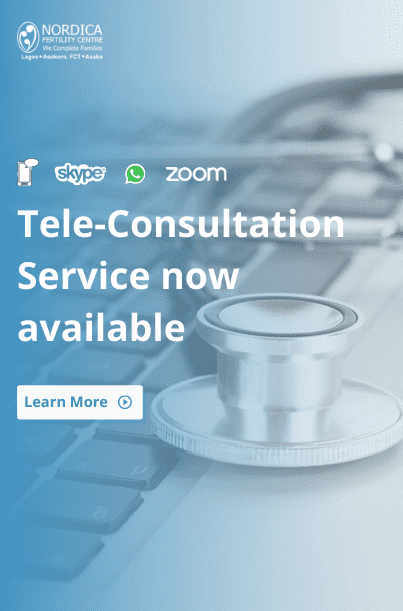How To Get Rid of Uterine Fibroid Pain
How To Get Rid of Uterine Fibroid Pain

Uterine fibroids are common, benign growths that frequently occur during a woman’s reproductive years. For some women the pain from fibroids can be extreme, manifesting itself in many ways.
Fibroid pain may be chronic or just occasional and may get worse during bowel movements, physical exercise, sexual intercourse, or when you have your period.
As a result of fibroids the uterus, which is normally the size of a small pear, may grow as large as a small watermelon. The enlarged uterus puts excess pressure on the bowel, bladder, abdomen or back resulting in pain. Fibroids may also cause irregular or heavy vaginal bleeding.
The risk for uterine fibroids is greater in overweight women, women who have never had children, and those who have a genetic predisposition.
Abdominal pain can be caused by many different things, some of which are life threatening if left untreated. Whenever you experience pain you should see a physician for diagnosis.
Steps
- Treat the pain and wait for the fibroids to resolve themselves if the pain is manageable. Fibroids will naturally begin to shrink after you go through menopause and your levels of estrogen decrease. Most women experience no pain from fibroids after menopause. Over-the-counter pain pills, such as ibuprofen and acetaminophen, may provide temporary relief from pain and swelling caused by fibroids. For more severe pain stronger analgesics requiring a doctor’s prescription are needed. Hot water bottles, heating pads and soaking in a hot tub are helpful for lowering back and abdomen pain. There are other ways of relieving pain from fibroids. These include: Gentle therapeutic massage, the careful use of thermal heat pads, or ice-packs to the site of the pain, poultices, TENS machines, acupuncture, and hypnosis. Caution: there is a risk of burns when using heat pads or ice-packs (ice-burns).
- Talk to your doctor about hormone therapy or prescription pain medications if your efforts at pain management are not working.
- Shrink the fibroids by having a uterine fibroid embolization, which involves inserting a catheter into your femoral artery through a small incision made in your thigh to block the fibroids’ blood supply. This outpatient, non-invasive procedure has an extremely high success rate.
- Have a myomectomy to remove the fibroids and leave your uterus intact. If fibroid pain is interfering in your life, you may have to have the fibroids removed to eliminate the pain. This is a type of surgical procedure which involves taking out the fibroid without removing healthy uterine tissue. This is a good treatment for those women who want to conceive after they have had treatment for their myomata or who prefer to keep their womb for other reasons. It is possible to fall pregnant after a myomectomy. However you may be advised to or require a caesarean section to deliver the baby.
- Have a hysterectomy as a last resort for relieving fibroid pain. A hysterectomy removes your entire uterus and is the most invasive fibroid treatment. Considered a major operation, it often requires an extended hospital stay followed by a period of recovery at home. A hysterectomy has the greatest risk of complications. Most hysterectomies performed because of fibroids are carried out by means of an abdominal incision, because the uterus is too large for other types of removal.





